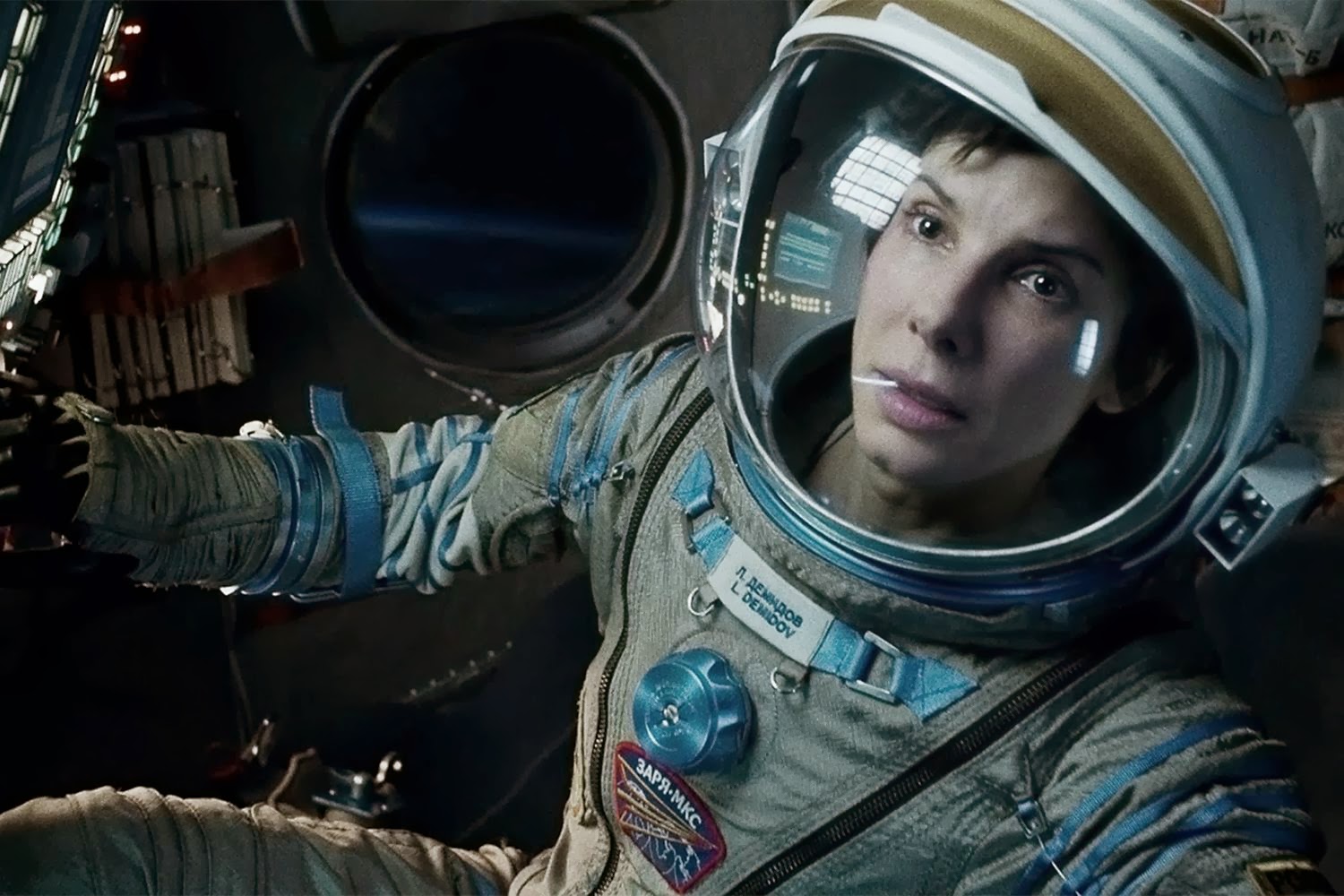 |
| Sandra Bullock as Ryan Stone in Gravity. |
The advancement of technology has significantly changed the
way film and television visual effects are being displayed. People are
demanding a more real life experience from their film and television shows.
Visual arts pioneer John Dykstra is known for his visual
effects work on Star Wars, Spiderman 2, and Star Trek. He is being honored with VES’ Lifetime Achievement Award. Dykstra believes the story determines if the visual effects are good or
bad because VFX must blend in with the emotional aspect of the story. To make animated
characters believable, they must be brought to life by the persona of the
animation director and/or the actor that is playing the animated character. Animated
characters like Sandra Bullock’s character in Gravity is an example of how an animated character has come to
life.
These high demand VFX require more pre-planning to meet the
demands of a tightening budget and schedule. VFX producer on Star Trek Into the Darkness, Luke O’Byrne stated that there was not a perfect recipe for a VFX film business
model. The more information you have, the better prepared you are. You can’t
put out all the fires before they start, but you can do your best to avoid them.
Over recent years, there has been a debate about who drives
motion picture capture-based performance (mocap) especially over characters
like Gollum (Lord of the Rings) and
Cesar (Rise of the Planet of Apes),
both played by Andy Serkis. Mocap should be based on the actor’s performance,
but there are a lot of technical aspects to mocap that can make the process
complicated. More mocap characters are being used in films like The Hobbit: The Desolution of Smaug
where there were digital doubles for hobbits, elves, humans, and orcs.
As a graduate of Full Sail University, I am looking forward
to ever changing trends in VFX caused by the advancements in technology. It is
exciting to learn and see how we can take the imagination from our minds, and
put it out in the world for others to see. Thanks to technology, we are
constantly pushing the boundaries of imagination, and requiring personal
interaction with stories and its characters. It will not be long before we can
stand the middle of the film and/or television show that we are viewing. Just
imagine being able to have a lightsaber duel with Yoda standing on the bridge
of the U.S.S. Enterprise, or playing chess with Doctor Spencer Reid. You are only bound by
the limits of your imagination. Being able to live the full experience thanks
to advancements in technology and VFX. That is a day that I look forward to.
